Buckle up, everyone. Mercury is in retrograde.
Until recently, the movements of celestial bodies could not be accessed at the push of a button. But today, fueled by social media apps like Co-Star and heaps of internet sources, astrology has seen a meteoric resurgence in popularity among young adults over the past few years.
Co-Star, which allows users to see new horoscopes daily based on their astrological birth charts, has been downloaded more than 20 million times since it first launched in 2017, and the average age of its users is 24 years old. For many Georgetown University students, checking Co-Star is a staple of their morning routine.
The app capitalizes on a growing interest in the stars — its push notifications pull people in, and suddenly its 20 million plus users can tell you that when Mercury is in retrograde, it appears to be moving backward in the sky, signifying an era of poor communication.
Studying the stars has a rich global history, and modern apps are not the only way to observe astrology. With the zodiac suddenly at the fingertips of many young people, astrology has gained a growing group of young followers who are interested in observing cosmic movements.
Historical Roots
The astrology that Co-Star has adapted for modern audiences has a long history, built upon Babylonian, Egyptian, Greek, Roman and Muslim tradition and discovery.
For astrologers before the 17th century, there was no clear distinction between scientific astronomy and the more speculative astrology. Instead, for most involved in the field at the time, the study of the heavens was a hazy spectrum between certainty and surmise.
The basis of astrology revolves around the time and location of birth that uses the present astral patterns to determine personality attributes common to people born around that time. These astrological birth charts use current constellations and their movements to determine how birth sky traits are coming and in and out of play with other factors attributed to celestial movements.
Georgetown University history and Catholic studies professor Fr. David Collins, S.J., has taught a class on outer space called “Outer Space: Plato to Pluto,” where he taught students about natal charts, a common astrological tool. Well versed in the histories of astrology and astronomy, Collins said ancient astrologers were scientifically and mathematically focused on the stars.
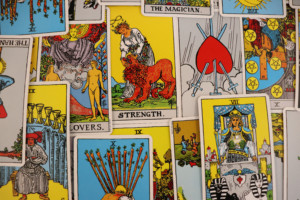
“They knew that the mathematical side of astrology had more certainty than the influence of the heavenly bodies. Within the influences, they knew they could be more certain about the influence on the seasons than on personality types,” Collins said in a Zoom interview with the Hoya.
During the 16th and 17th centuries, astrology and astronomy became distinct studies, according to Collins. As scientific techniques improved, astronomers like Galileo concluded the solar system was heliocentric and thus celestial events like eclipses did not indicate impending any supernatural ramifications, rather they were just normal movements of the planets. Yet even after German mathematician Christopher Clavius separated speculative astrology from more scientific astronomy, interpretive astrological traditions persisted.
“It was standard practice to ask astrologers if it was a good time to sign a business contract, wage war or make peace,” Collins said. “It was self-evident that celestial bodies influence the world and society.”
Enter Co-Star
Apps like Co-Star and The Pattern have bolstered the popularity of astrology by bringing astrology to the world of social media. These platforms use algorithms and artificial intelligence to feed users personalized content.
When users open the Co-Star app, they are greeted by a page featuring their own profile picture, an inspirational saying like “Learn to give yourself a tattoo,” and some suggestions for people they have “friended” on the app whom they ought to interact with on that day, based on the stars. There is also a tab for users to view their full birth charts in the app. Similarly, The Pattern displays charts and even a Tinder-like feature to connect users to one another based on their star signs.
Laissa Aw (NHS ’22) said in an interview with The Hoya that the app’s appeal is in the social aspect, allowing younger people to connect through astrology.
“This is the age of social media where we’re all about connecting to people. Being able to connect to your friends through astrology — like Co-Star for example — tells you, ‘Oh you and your friend like this, and whoever you’re friends with like that,’” Aw said. “I think people love to connect because that’s what our generation is literally about.”
Apps like Co-Star provide an accessible platform for even the most novice astrologers, according to Estevez.
“It’s a lot of fun if you want to connect with your friends, so I’m always down for people getting to know each other more and trying to communicate based on little archetypes they are given,” Amanda Estevez (COL ’23) said in an interview with The Hoya. “I would always love it if people went deeper into it, as astrology is one of my passions. This is what I do when I’m by myself, and it feels really nice to know that other people appreciate it as much as you do.”
Throughout the platform, Co-Star employs modern verbiage in its features meant to express the user’s habits through their birth chart. Sections on the app and random notification features impart sayings like, “Your definition of love is adding them to a group chat of all your boos from across the world” or “What keeps you alive is the fact that you aren’t famous yet.” These quotes have been criticized as being “slightly robotic.”
The app’s features can have a negative impact on its users through some of its features however, according to Magdalena Paz (SFS ’23).
“There’s two separate issues with Co-Star. First, they don’t have amazing astrologers on staff,” Paz said. “The other one is that the way it works is really bad and can be super threatening to people’s mental health because of these random notifications.”
Co-Star has faced criticism because of its accuracy and notification system that can upset users through edgy messages. Charts have been reportedly inconsistent, and the app sends out mysterious messages every day that can instill paranoia or confusion. For instance, one Co-Star reminder reads, “If you feel like someone is taking advantage of you, they probably are,” which can prompt negative responses from users. Even despite these drawbacks though, the app continues to play a role in the spread of modern astrology.
Astrology Today
Just as stargazers of the past sought answers to their earthly questions through mathematical and scientific astronomy, present day young adults driving astrology’s popularity today mimic these practices to predict and explain their personal lives.
Amanda Estevez (COL ’23) uses astrology to look at the major events and progression of eras in their life and how these greater themes, like education, might change as they get older. For example Estevez just turned 20, which finds her in the ninth house of her astrological chart that is known for an emphasis on travel, spirituality and education.
“One of my favorite things about astrology is being able to predict the years in your life and the different themes,” Estevez said in an interview with The Hoya. “I find myself very much throwing myself into my spiritual practice and tying in my spiritual practice with my studies due to being a theology major.”
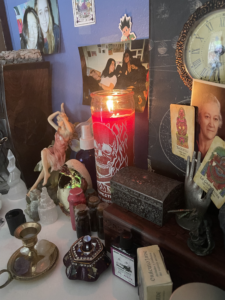
Regarding astrology’s predictive power, Collins also highlighted a societal shift in these astrological prophecies, where historical astrological ambiguities tended to irk individuals, while now they seem to be boosting astrology’s popularity.
“The interesting thing about the way astrology works now is that in the historical period they couldn’t be precise enough,” Collins said. “Now, part of the attraction is that the imprecision works in a way of not precisely predicting something but with wiggle room offers meaning to random events.”
Other students use astrology as a way to look inward, hoping to better understand themselves and their identities. Aw uses astrology to grow her understanding of herself by analyzing her birth signs. Aw is an Aquarius, which means she was born in the days between Jan. 20 and Feb. 18.
“I have used astrology as a tool for reflection, like introspection and figuring myself out,” Aw said in an interview with The Hoya. “I’m an Aquarius for example, and I show my emotions differently than a lot of other people. I can be very detached and aloof, and because of astrology, I look at the way that I come across to people.”
Combining Estevez’ and Aw’s approaches to astrology, Paz uses her charts to both look inward at her current moment of life and to be better informed about what to do in certain situations. However, Paz warned against classifying people’s personalities just using their horoscopes, which are predicated on their natal charts and star signs.
“For me, I don’t necessarily do horoscopes because I think that it has a lot less to do with what astrology is actually about,” Paz said in an interview with The Hoya. “I don’t necessarily think that I am going to ask people what their sign is and base things off of that.”
Regardless of astrology’s future in the next few years and beyond, it still remains as just one lens through which to observe the natural processes of the cosmos and interpersonal experiences.
“When you start to learn the language of the planets and how they move, you’re going to start seeing how really everything is just a reflection of the cosmic scale but in a small sense,” Estevez said. “It’s very, very beautiful.”


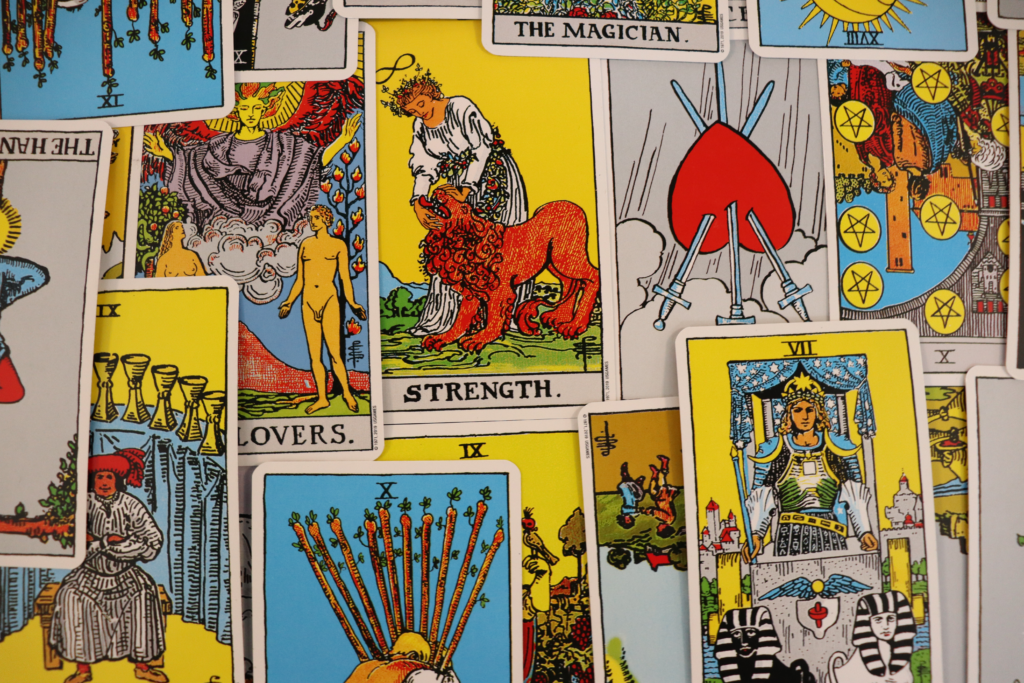












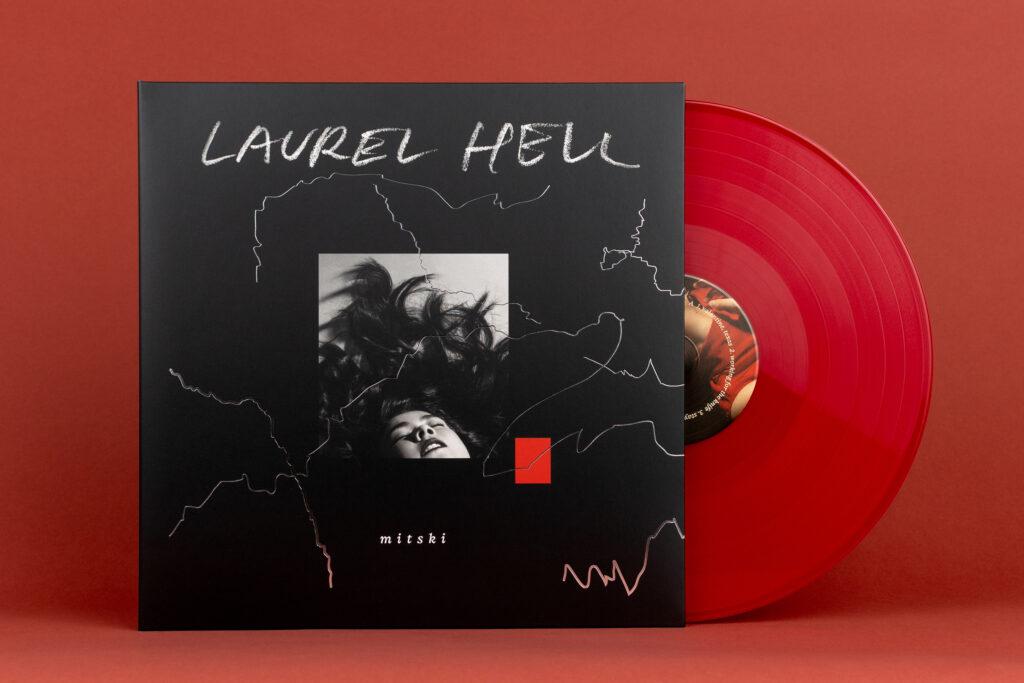


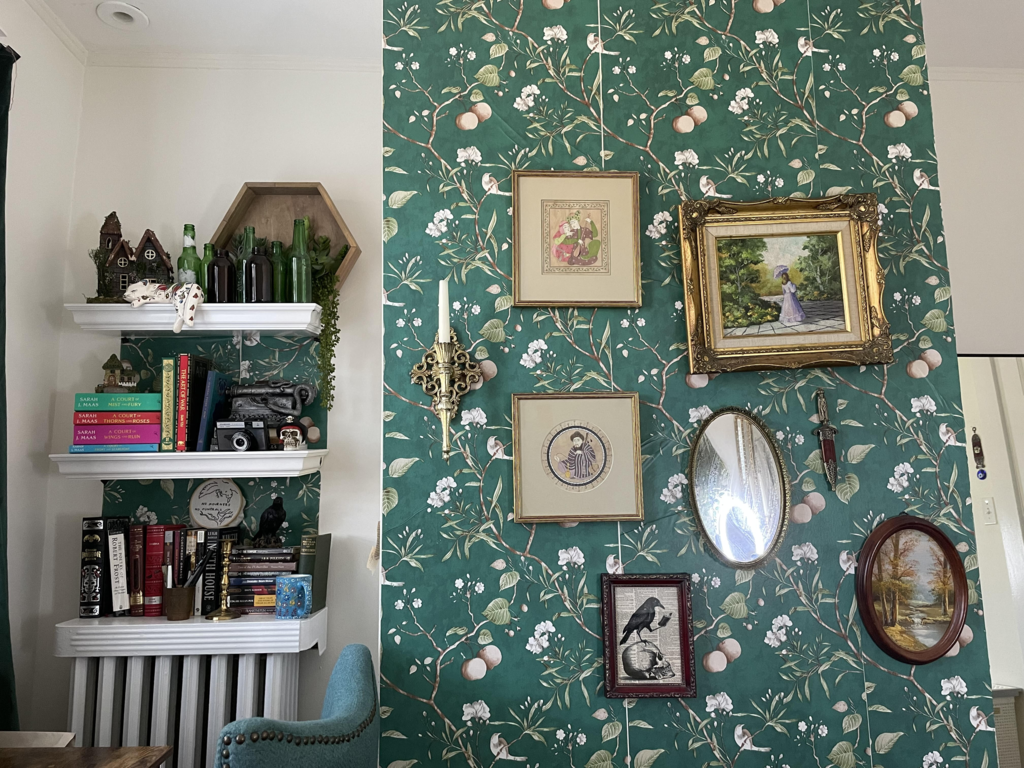


Nidhi • Oct 20, 2021 at 10:59 pm
Astrology is an integral part of the daily existence in India and connected with every aspect of life, including religion.
I came across this dating site https://zomatch.com based entirely on your birth charts and 2000 years old synastry of karmic astrology (Jyotish). ZoMatch is a karmic astrology dating site. Karmic astrology is native to the Indian subcontinent. Karmic astrology is used daily by millions in India, and the predictive techniques evolved and honed for accuracy over three (or more) thousand years. Astrology never made a come back in India because it never went out of fashion. It was and continues as a way of life.
The system is complex and mere imagination is not enough to become an expert in it. There are, therefore, colleges and universities offering graduate, postgrad, and Ph.D. in karmic astrology (Jyotish)! The predictive aspect allows astrology to be used as a preventive protocol for managing relationships and important life issues in India. Without the predictive aspect astrology is little more than a hocus-pocus play on effective words cunningly crafted in interesting sentences.
Nidhi • Oct 15, 2021 at 10:39 pm
I came across this dating site https://zomatch.com based entirely on your birth charts and 2000 years old synastry of astrology. ZoMatch is a karmic astrology-based dating site. Karmic astrology (Jyotish) is native to the Indian subcontinent. Karmic astrology is used daily by millions in India, and the predictive techniques evolved and honed for accuracy over three (or more) thousand years. As accurate as modern medicine in curing cancer or the common cold! Astrology never made a come back in India because it never went out of fashion. It was and continues as a way of life.
The system is complex and mere imagination is not enough to become an expert in it. For astrology to become widely accepted in the US and Europe, it must establish credibility. And generic horoscopes and predictions are anything but credible. People, therefore, must be weaned from generic horoscopes and predictions and introduced to personalized birth-chart-based astrology. But that would entail devoting a little more time to understanding astrology.